Nearly two years after emissions reduction targets were abandoned under the Turnbull government’s signature energy policy – the National Energy Guarantee, the Coalition is working on a new plan to deliver an emissions strategy. The cornerstone of this plan is the Technology Investment Roadmap released on Thursday, which has confirmed what was many have feared – the government’s unwavering commitment to gas.
As previously made clear, the Coalition government is bent on trying at every opportunity to push more homegrown gas into the country’s energy mix. Energy and Emissions Reductions Minister Angus Taylor has repeatedly suggested that investing in gas projects to provide more “cheap energy” to the market would help lead recovery from Covid-19. The additional gas on the grid could then be used to help bring more renewable energy into the grid, he argued.
While the new roadmap states the obvious that solar and wind are the cheapest forms of generation, it also echoes Taylor’s support for gas as complementary to intermittent renewable energy. In addition, it flags examining two contentious technologies – carbon capture and storage (CCS) and “emerging nuclear technologies”, such as small modular reactors. Coal is also not out of the picture, with the roadmap saying that “technologies that increase the efficiency of existing thermal generators and reduce emissions also merit consideration”.
With the federal government under growing pressure to adopt a net-zero emissions target by 2050, the new discussion paper has looked into over 140 new and emerging technologies, specifically “their abatement potentials, technological and commercial readiness levels, and cost-effectiveness”. The goal is to narrow down the list of technologies across the electricity grid, as well as buildings, transport, industry, and agriculture, through a consultation process with industry and community before delivering the final statement in September and pronouncing Australia’s emissions reductions targets before COP26, scheduled for November this year.
On Thursday, Taylor said the Government sees enormous potential in technologies like hydrogen, carbon capture and storage, soil carbon sequestration, biofuels, resources and energy exports to reduce emissions while strengthening the economy. “At its core, this is about technology not taxes. It means reducing emissions, not reducing jobs and the economy. It is an approach based on rigour, confidence, optimism, and Australian ingenuity not ideology,” he said.
Gas-led recovery
But the ideology that sees gas as a transition fuel or even a more prominent part of the energy mix is debatable for a number of reasons, not the least of which are the fugitive emissions created during the exploration, extraction, transport and distribution processes that effectively undermine any attempt at improving the nation’s emissions score. Nonetheless, the Coalition is already approaching state governments trying to persuade them to unlock their gas reserves. And earlier this year, the New South Wales government has committed in a deal with the Morrison government to facilitate investment opportunities to inject an additional 70 petajoules of gas per year into the east coast market and remove barriers to coal supply to the Mount Piper Power Station.
The gas-centered roadmap comes as a new report from the Climate Council questions the role of gas in the energy mix. The report warns that gas is highly polluting, driving climate change, and the reason power prices have been so high for Australians on the east coast over the past several years. “Greenhouse gas emissions from the processing, extraction and export of gas have likely been underestimated,” said Climate Councillor and former president of BP Australasia, Greg Bourne. “Our gas supply is primarily made up of methane, a greenhouse gas which is up to 86 times more potent than carbon dioxide in the short-term.”
The report echoed criticism voiced by independent MP Zali Steggall, who said that Australia’s economic recovery from the impact of Covid-19 needed a diversity of power sources and could not rely on gas. She called for a roundtable that would bring both public and private sectors together to discuss stimulus measures in order to make the Covid-19 commission’s decision-making processes transparent. As Nev Power, chairman of the Morrison-appointed Covid-19 commission, previously told the AFR, a gas pipeline from Western Australia and greater gas production in the eastern states were being considered.
However, what is often overlooked when championing gas is the Australian Energy Market Operator’s draft Integrated System Plan, which presents various scenarios for the Australian grid for the coming decades and assigns only a minor role to gas. Even AEMO’s “central scenario”, representing business-as-usual and neutral assumptions, sees no substantial increase in gas consumption over the coming decades.
In reaction to the leaked Covid-19 commission push for a gas-rush and the release of the Technology Roadmap, Greens Leader Adam Bandt said: “We need to be ending Australia’s addiction to toxic methane gas not feeding it. Coal, oil and gas are the primary cause of the climate crisis. We can’t solve the climate emergency and economic crisis by pouring gas on the fire. The energy race has been won and it is time for the Morrison government to back the winners of solar, wind, pumped hydro, battery storage and demand management.”
Carbon price dream
When it comes to the most effective way of lowering emissions across sectors, the roadmap, which will define the government’s investment priorities until 2050, does not mention prices on carbon. Namely, while it does support “incentivizing voluntary emissions reductions on a broad scale”, it does not mention a uniform scheme that would penalize polluters.
This aligns with the bulk of the recommendations of Grant King’s review of the $2 billion Climate Solutions Fund, which includes altering the mandate of the Clean Energy Finance Corporation and the Australian Renewable Energy Agency to allow them to promote coal and gas projects. Under the proposed measures, climate funds would be used to support “an emerging trend of voluntary emissions reductions and maximizing co-investment from the private sector”, as the government puts it. In other words, the measures would open the door for funding of CCS developments from fossil fuel projects.
The roadmap also defines priorities over the short, medium, and long term, and some are a very welcome addition. In the short term, the paper says the government will support investment “in the new generation, storage and transmission needed to balance record investment in renewable energy”. Over the medium term, the focus will be on “building storage and transmission infrastructure and the electrification of industry while scaling our domestic hydrogen industry”, while the long term objective will be to build “new export-facing industries in the global low emissions economy including those leveraging hydrogen and carbon capture and storage”.
This content is protected by copyright and may not be reused. If you want to cooperate with us and would like to reuse some of our content, please contact: editors@pv-magazine.com.
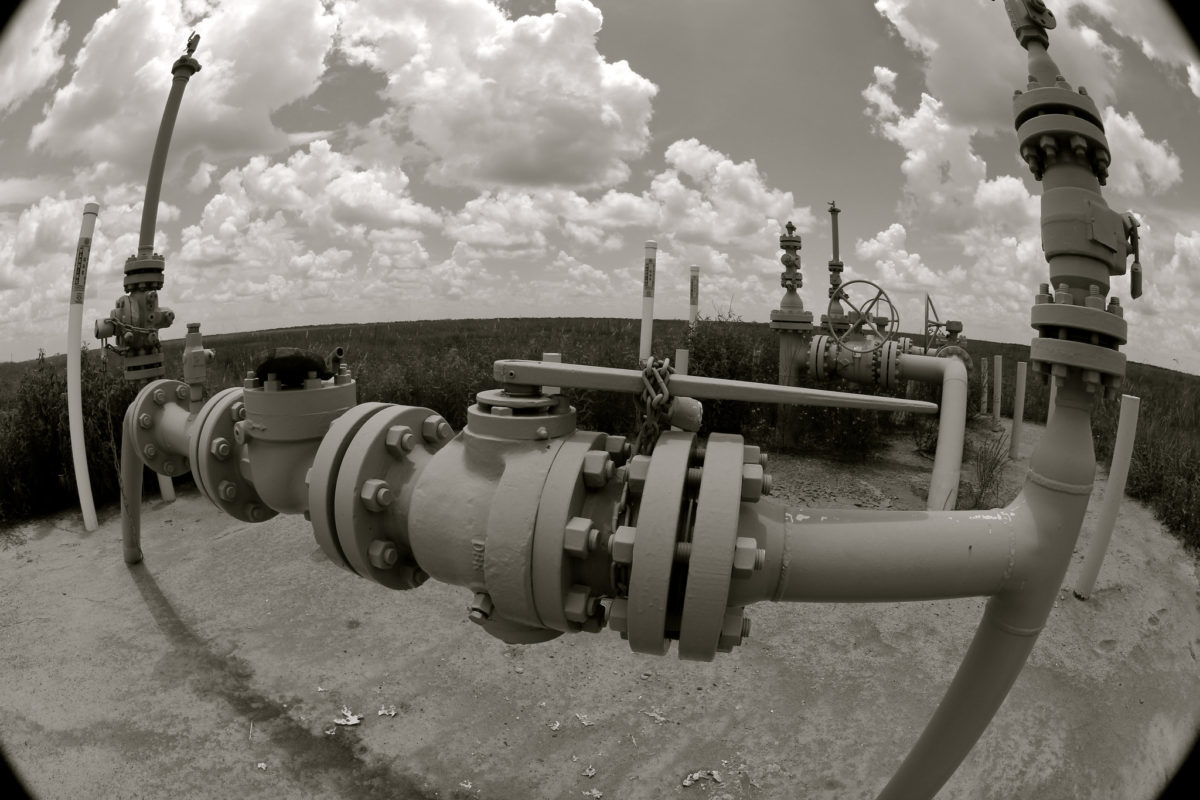
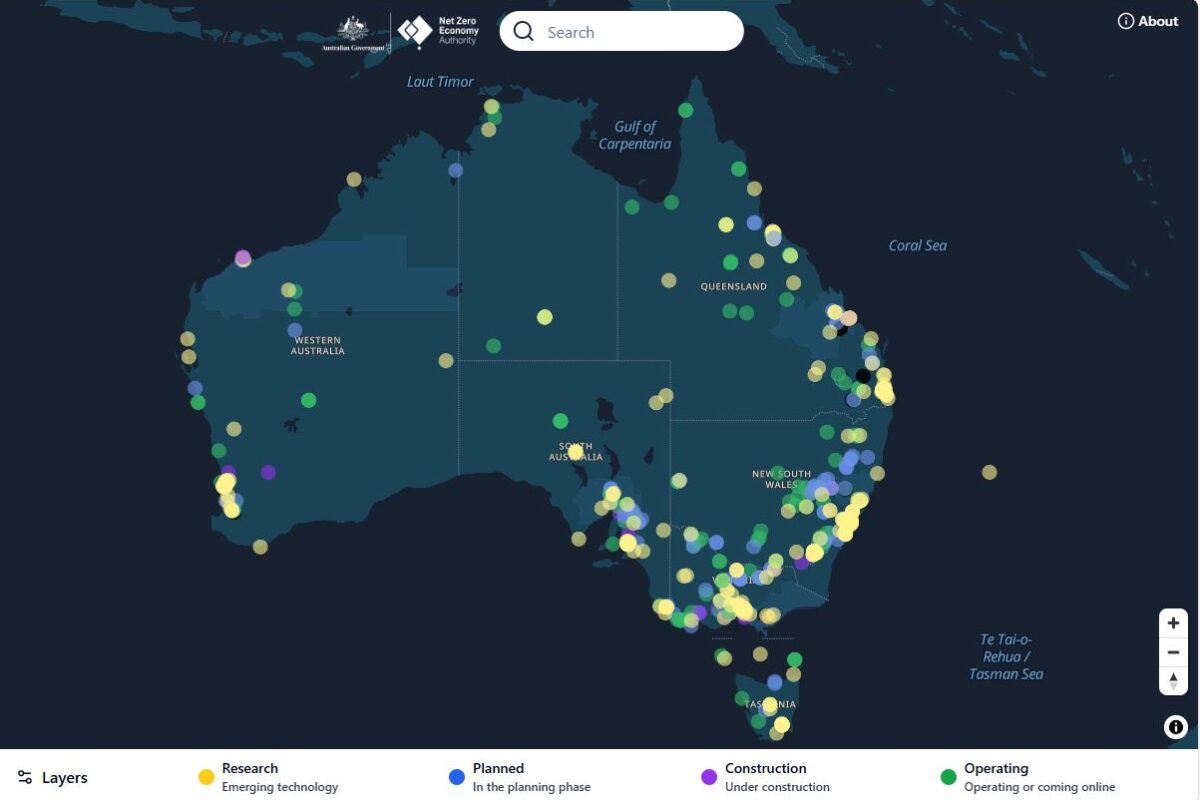


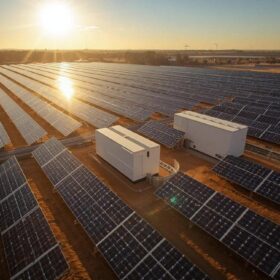
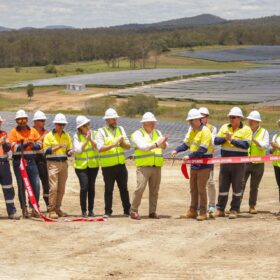

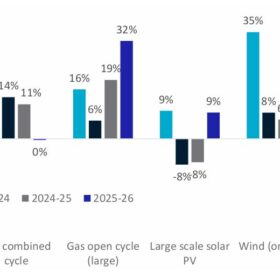
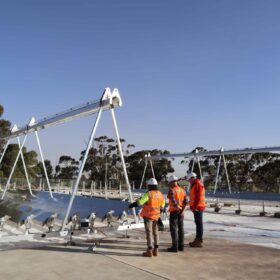
I would not worry about it being a roadmap. It is so devoid of economic let alone environmental sense that it will just go into the dustbin like the NEG and all the other failed coalition policies.
Carbon Capture and Sequestration has already been attempted at great cost. The Southern Company’s Kemper plant was supposed to “showcase” clean coal gasification and CCS as the “future” in coal fired plants. Cost over runs, and finally a plant that didn’t perform as “expected” to generate cheap, green coal energy failed dismally. The plant didn’t perform as it was designed to work. The power produced was at a price point of $95/MWh when one could buy (at that time) solar PV or wind generation for $40/MWh to $60/MWh. Southern Company finally changed out the boilers to natural gas to continue to operate the plant.
Nuclear could be a valid option, there are designs that have been proven in the past. Thorium reactors were vetted in the 1960’s and somehow Light Water Reactors became the de-facto design for 50 years. NOW Small Modular Reactors that are not LWR design are being considered by agencies like the NRC in the U.S.. Even nuclear reactors could benefit from very large energy storage systems. Look at high energy demand manufacturing like concrete, ceramics, steel. A small nuclear reactor could offer heat to help drive the manufacturing process and electricity to drive the production line. Nuclear is best used at its peak generation point 24/7, here is where very large ESS can capture the off peak energy generation and save it for morning plant start up and daily operation. Also in the future, when BEVs are adopted by the consumer public, it would be impetrative to have a hardened micro-grid that could take on thousands of BEVs charging sometime overnight. The bottom line is, how does one design the grid around an all electric transportation sector. These micro-grids with small modular reactors, how many does one need? Across a Continent, 500 SMR, 1,000 SMR or perhaps even more? Then again what does one DO with the actinide waste stream? Would these types of reactors be best installed on recycling or high heat manufacturing entities to use the assets in the most effective way? Would a SMR be a good fit to waste water recycling plants, with electricity generated to run the plant and heat to use to perhaps create hydrolysis for H2 generation that could be used locally?